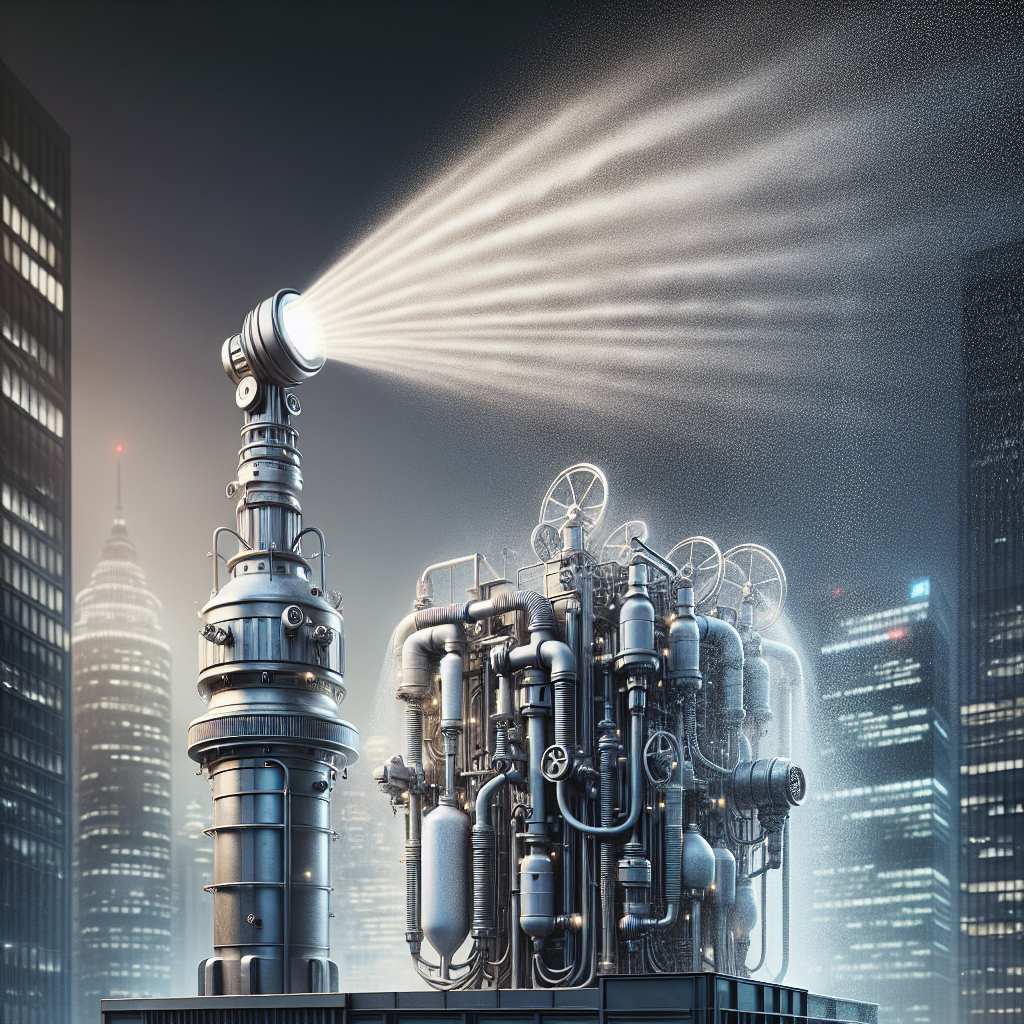New Delhi Intensifies Anti-Pollution Efforts with Anti-Smog Guns
To combat worsening air quality in New Delhi, the NDMC has deployed anti-smog guns across high-rise buildings, including hotels. Eight mobile units cover daily road lengths of 320-340 km. Aimed at reducing pollution, additional units are being installed following government directives. This initiative is a collective effort for cleaner air.

- Country:
- India
In a concerted effort to address the growing threat of air pollution, the New Delhi Municipal Council has ramped up its measures, deploying a total of 14 anti-smog guns on various high-rise structures, including several prominent hotels, throughout the Lutyens' area.
NDMC officials report that eight mobile anti-smog guns are actively deployed across its jurisdiction, covering an impressive 320 km to 340 km of road length every day.
A senior official revealed to PTI that three anti-smog guns have been installed on NDMC's buildings, while private ownership has resulted in 10 additional units being installed at the expense of building owners, in compliance with directives from the Delhi government. Currently, tenders have been invited for seven more units to enhance NDMC's own infrastructure.
Vice Chairperson Kuljeet Singh Chahal emphasized the initiative as a shared mission, stating, "Pollution control is not just a government responsibility; it's a collective mission for a greener, healthier city." The clean-air campaign includes continuous operation of anti-smog guns, mist sprayers, and nighttime cleaning.
The directive, enforced under the Environment (Protection) Act, 1986, mandates installation of anti-smog guns in all high-rise commercial buildings, with costs covered by building owners. Residential structures are exempt, with guidelines prescribing installation based on building size and operational requirements during peak pollution times.
ALSO READ
-
Cloud Seeding Trials Successfully Reduce Air Pollution in Delhi
-
Delhi's Third Take on Artificial Rain: A 53-Year Journey to Combat Air Pollution
-
Delhi's Sky Experiment: Artificial Rain to Combat Air Pollution
-
Delhi Launches First Cloud-Seeding Trial to Combat Air Pollution
-
Delhi Initiates Cloud Seeding Trials to Combat Air Pollution









